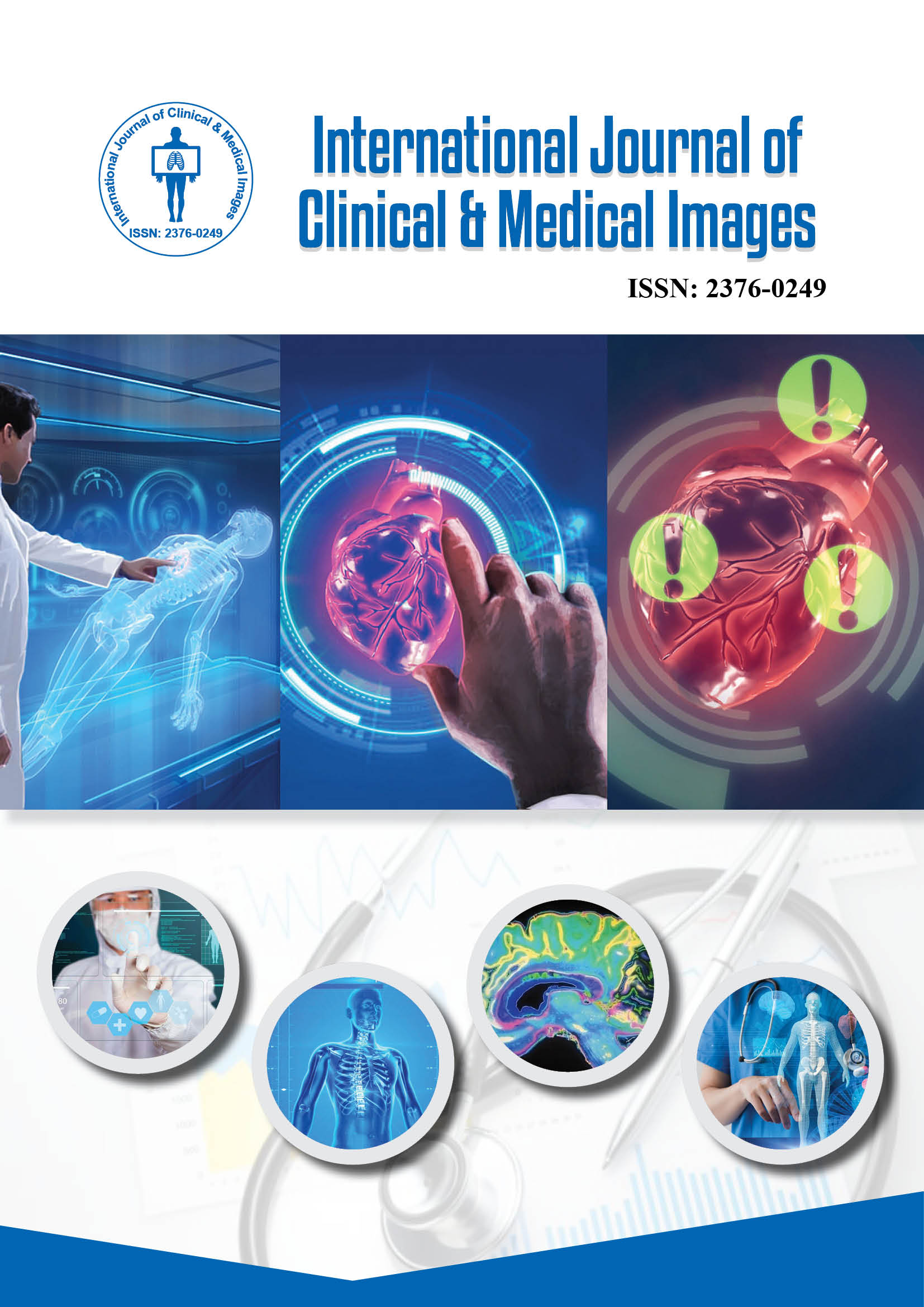2376-0249
Editorial - International Journal of Clinical & Medical Images (2025) Volume 12, Issue 4
Author(s): Casey Jacek
Image-based Clinical Reasoning: A Case-Oriented Approach to Medical Practice underscores the importance of integrating visual interpretation with analytical thinking in clinical decision-making. Medical images whether radiographs, CT scans, MRIs, or clinical photographs serve as vital extensions of patient assessment. When combined with history-taking and physical examination, they form the foundation of accurate diagnosis and effective management. By adopting a case-oriented approach, clinicians can develop the ability to correlate visual findings with clinical scenarios, enhancing their diagnostic reasoning and problem-solving skills.
This approach transforms passive image observation into active clinical reasoning. Each case challenges practitioners to identify key visual clues, generate differential diagnoses and determine the most appropriate next steps in management. For instance, interpreting a chest X-ray with subtle infiltrates or a skin lesion with characteristic morphology demands both visual acuity and clinical context. Through structured case-based learning, clinicians and students alike strengthen their ability to synthesize image data into meaningful clinical judgments an essential competency in modern medicine [1].
Image-based clinical reasoning also plays a crucial role in medical education. Case-based visual learning fosters deep understanding by linking pathophysiological mechanisms with their visual manifestations. This method promotes critical thinking and retention better than rote memorization. Educators increasingly use annotated images, interactive platforms and visual case libraries to simulate real-world diagnostic challenges, preparing students for complex clinical environments. Such image-guided learning encourages precision, confidence and diagnostic consistency across specialties.
With the rapid advancement of digital imaging and artificial intelligence, the landscape of image-based medicine continues to expand. AI-assisted analysis can highlight subtle abnormalities, while virtual and augmented reality tools offer immersive case-based training experiences. As clinical practice becomes increasingly data-driven, combining human expertise with technological precision ensures more accurate diagnoses and improved patient outcomes. Ultimately, the case-oriented, image-based reasoning model represents the future of medical education and practice where seeing and reasoning merges to deliver better care [2].
Clinical reasoning, Medical imaging, Case-based learning
None.
None.
Google Scholar Cross Ref Indexed at
 Awards Nomination
Awards Nomination

